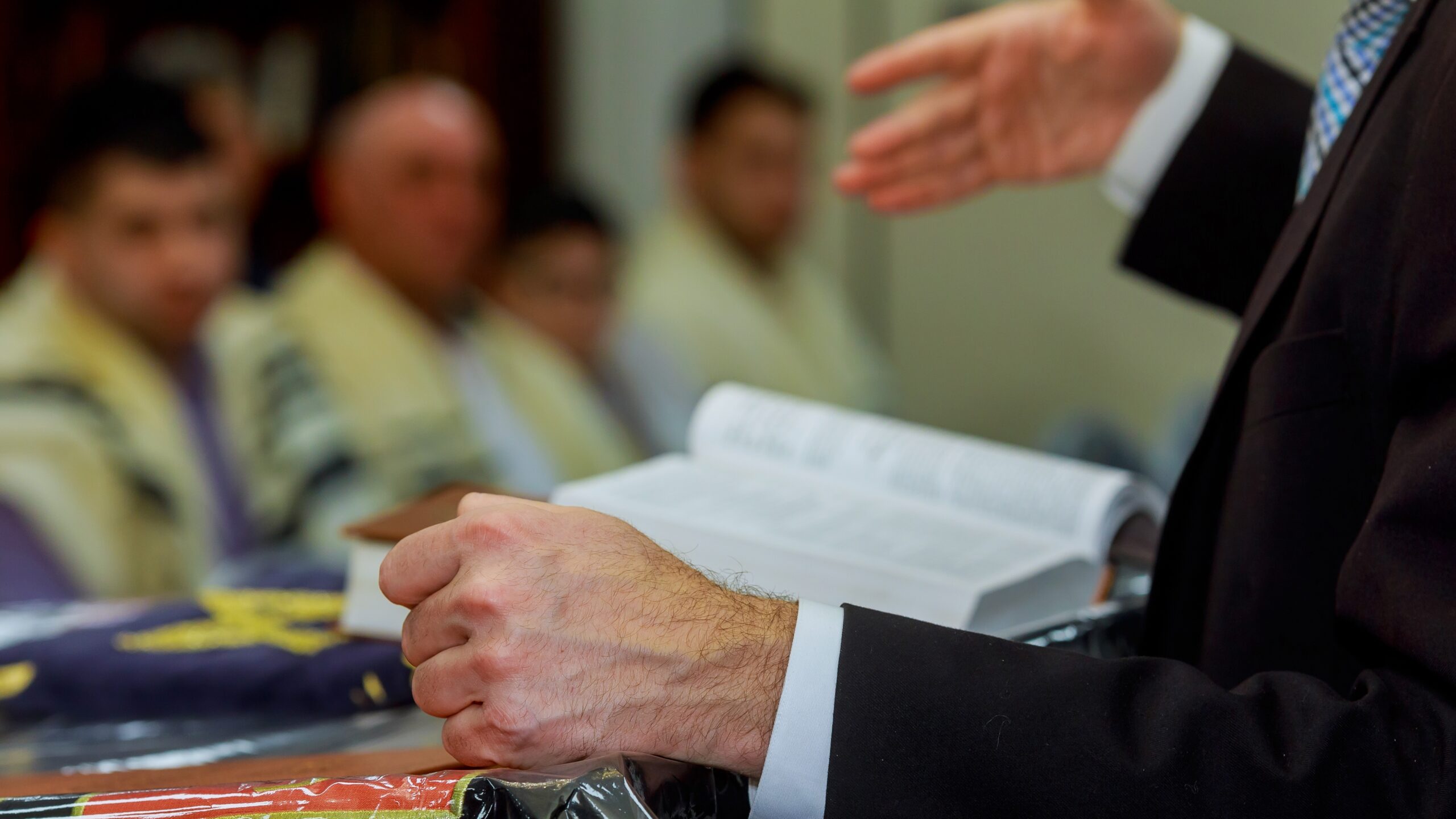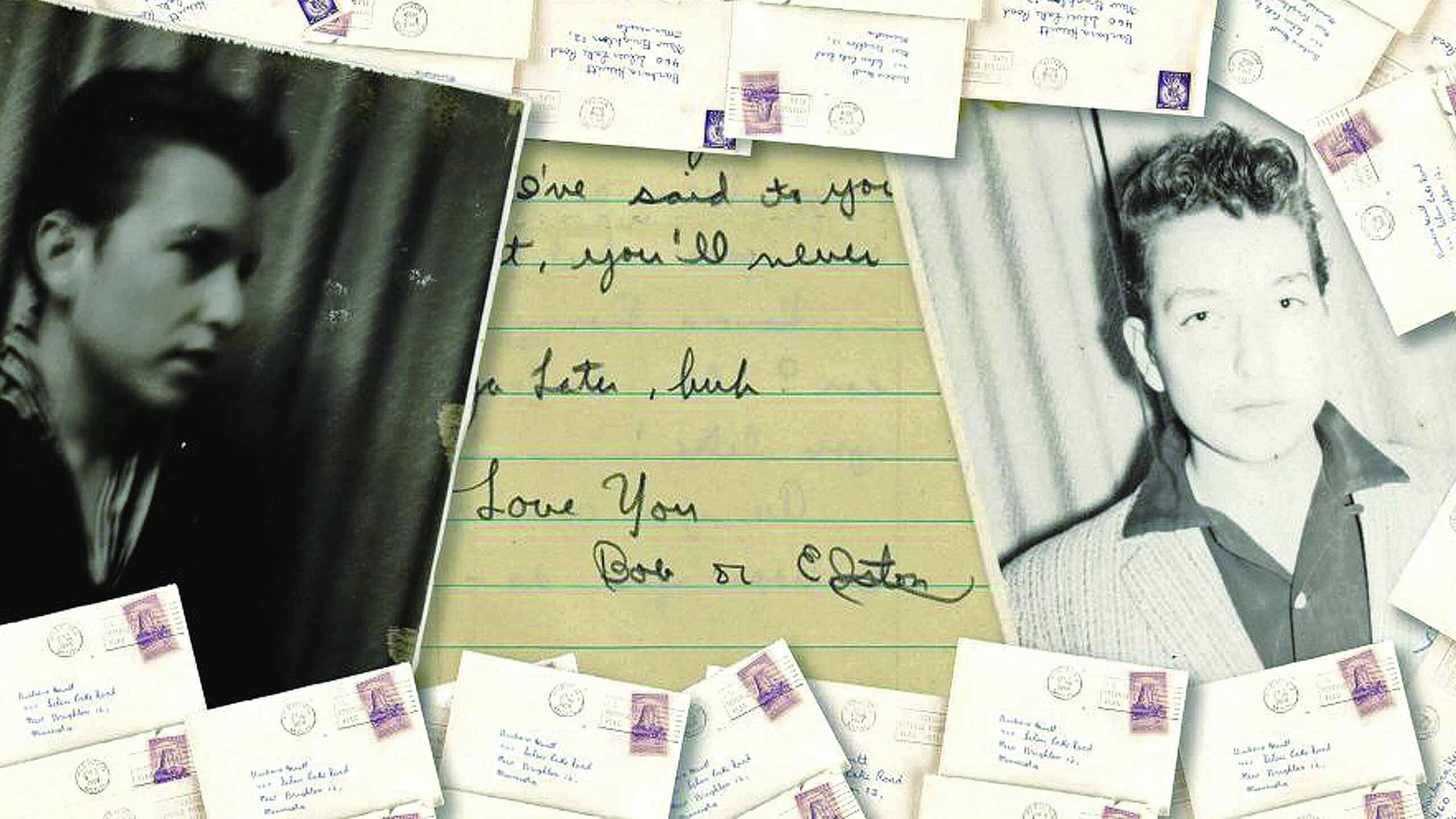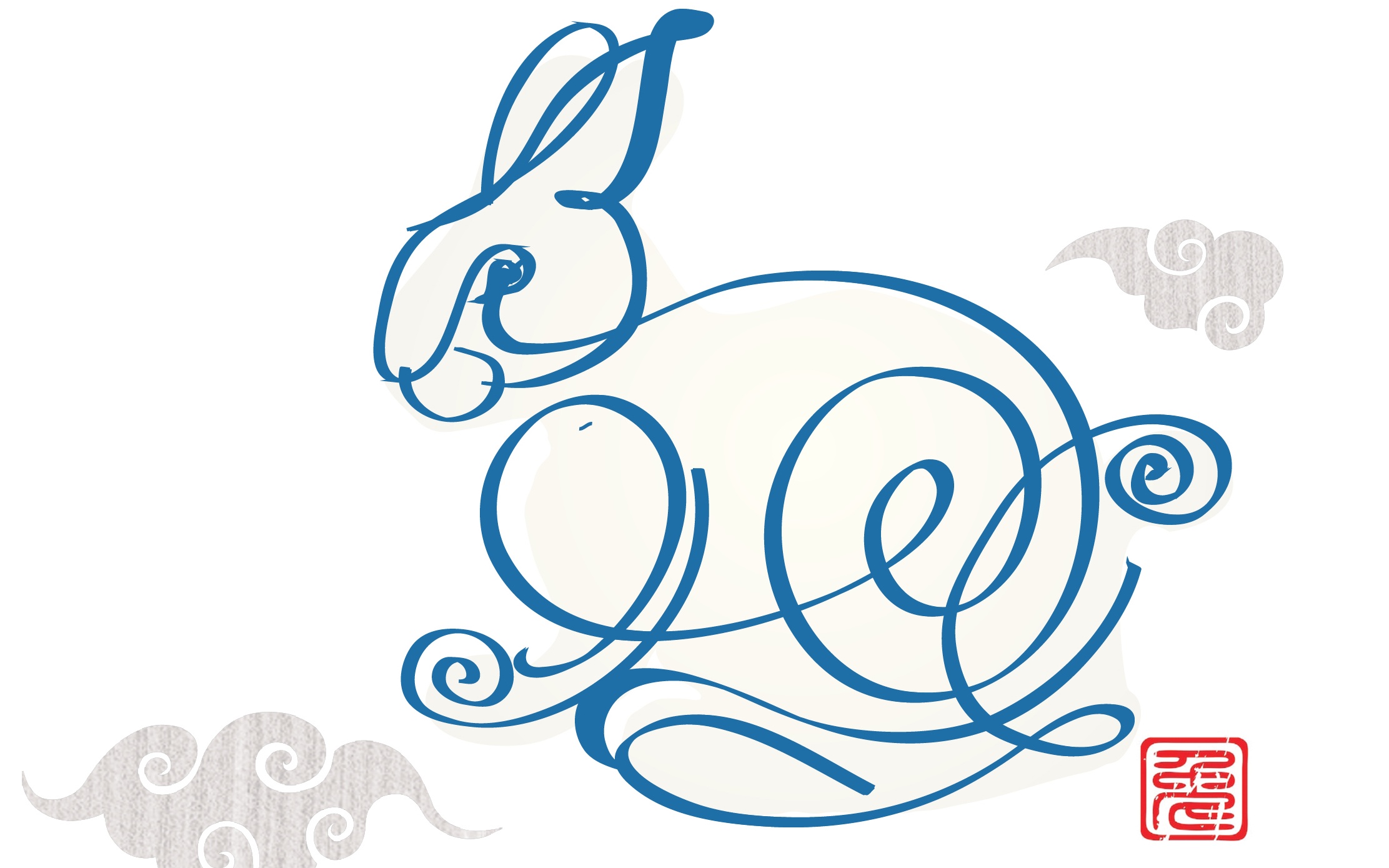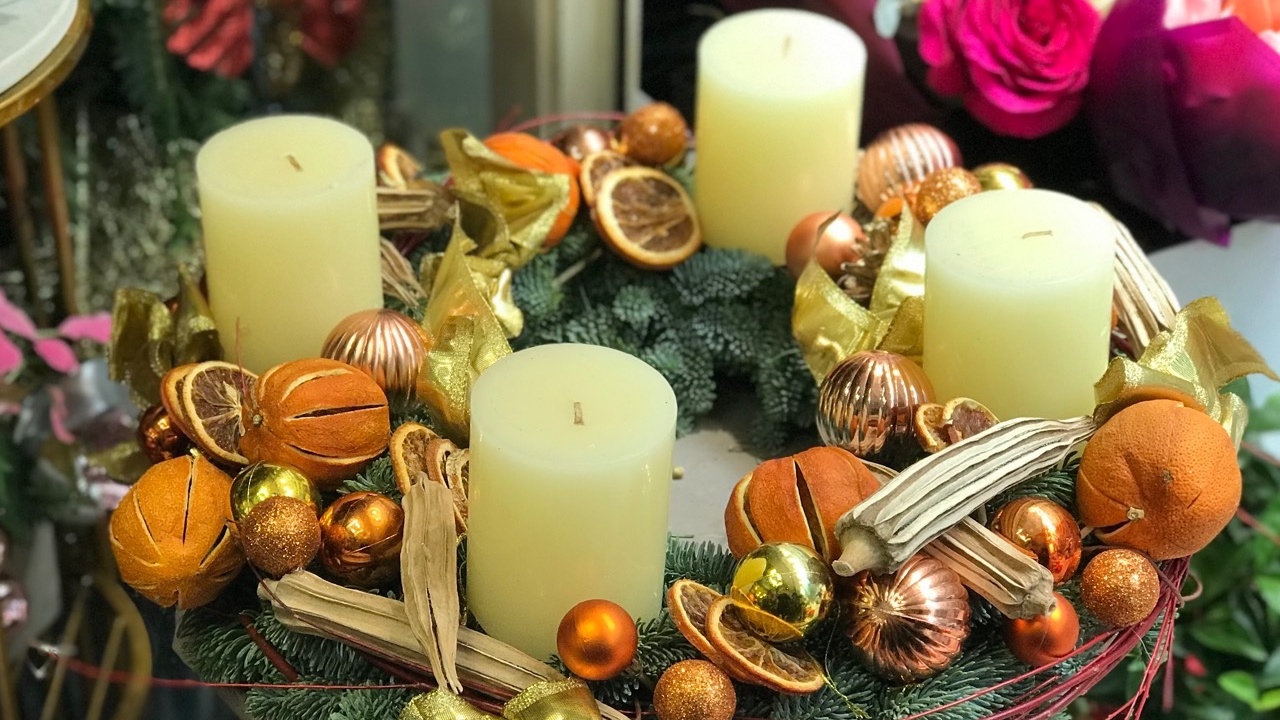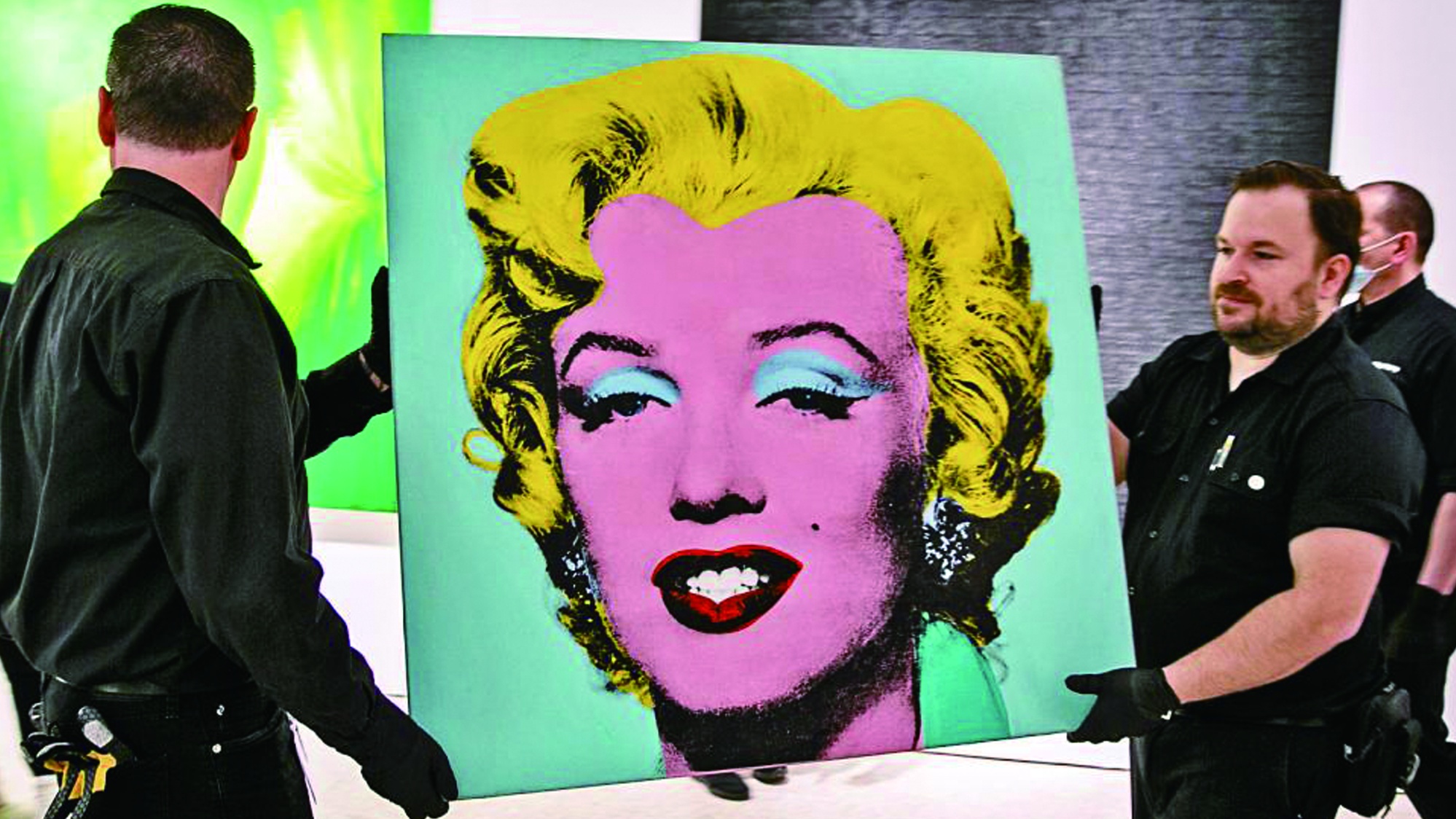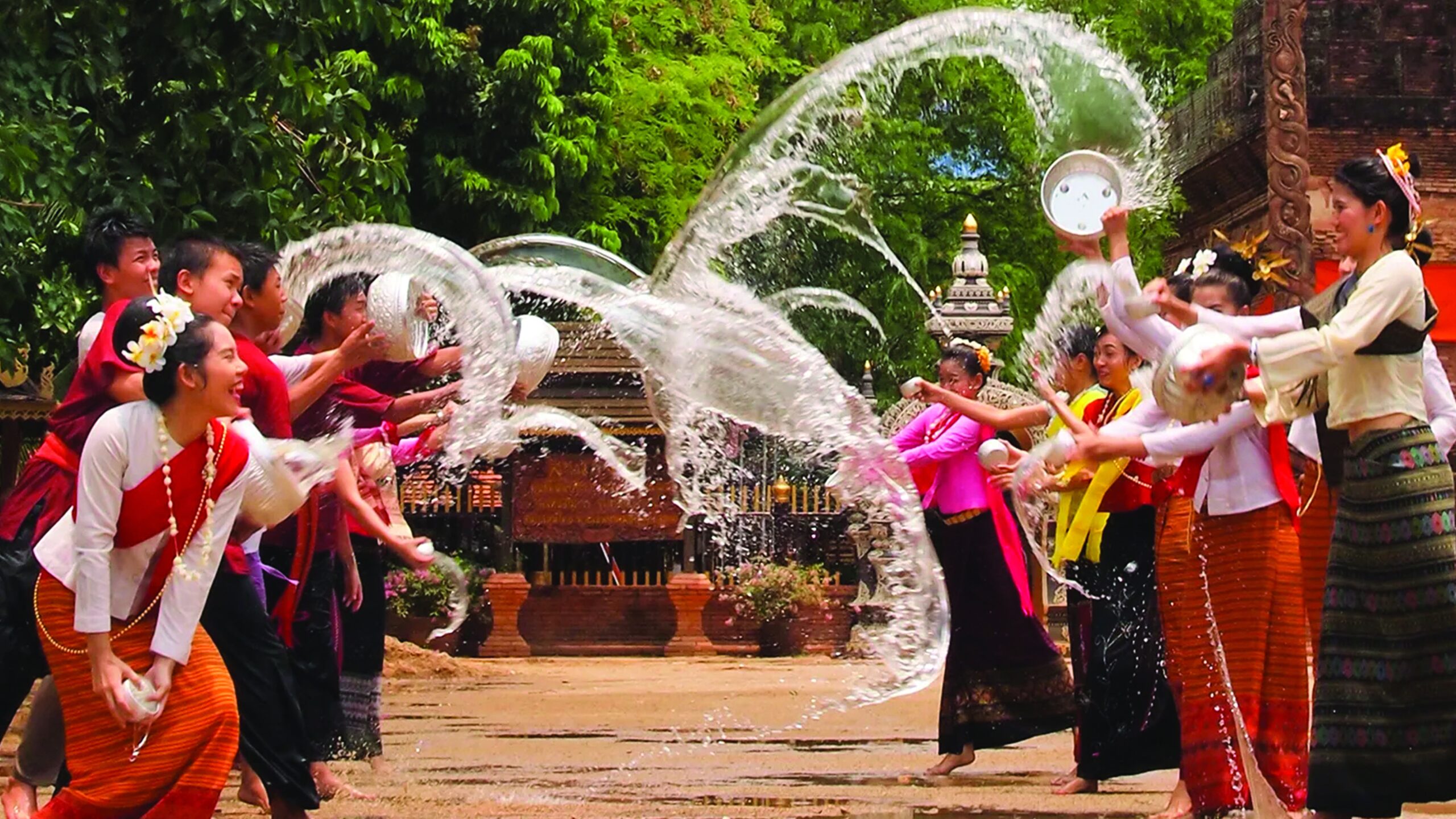
How the New Year is celebrated in different ways on different dates
While the coming New Year is celebrated in many different ways (and at different precise times) around the world, there is an almost universal desire to mark the sense of annual renewal as winter peaks and the slow saunter towards spring begins. Regardless of climate variations around the world, there is an innate human need to celebrate the cyclical nature of the seasons, one that manifests itself in myriad different ways.

Even just within Asia, new year celebrations in many of the continent’s constituent nations are incredibly diverse, often rooted in cultural traditions that date back centuries. Among the most notable example is Chinese New Year, an event tied to the lunar calendar and celebrated in spring as the most important festival in China as well as in many East- Asian countries. Marking the beginning of a new year on the traditional lunisolar Chinese calendar, it is considered an auspicious time to honour both ancient deities and family forebears, as well as a particularly apt time to spend with loved ones. Falling somewhere between January 21st and February 20th every year, it is one of the most eagerly anticipated holiday periods across the mainland and far beyond.

Typical Chinese New Year activities include decorating your home, offering loving tributes to your ancestors, staging reunion feasts with family members on New Year’s Eve, gifting red envelopes, letting off fireworks, and watching colourful lion and dragon dances. Among the favourite new year dishes of many are fish, dumplings, noodles, spring rolls, rice cakes and rice balls. It is also traditional to display an array of tangerines and oranges, fruits believed to be synonymous with future prosperity.

Over in South Korea, the three-day Seollal festival more or less coincides with Chinese New Year, except that, every few years, they take place a day apart. The custom here is to stay awake until midnight on the designated New Year’s Eve and watch the first sunrise of the year. The following morning then begins with a serving of tteokguk, a rice cake soup associated with both longevity and new beginnings. Koreans then usually make time to pay their respects at ancestral graves, eat together, play traditional games and participate in sebae, a time-honoured ritual that sees children and students bow to their elders and receive gifts of money in return.

Several other Asian countries also celebrate the lunar year in a similar fashion to China. The Vietnamese, for instance, celebrate Tet (New year) and believe that rearranging and decorating their homes eliminates any lingering troubles from the previous year. In Mongolia, meanwhile, New Year is called Tsagaan Sar (“White Moon”) and sees Mongols dress in all-white, ride white horses, and eat only dairy products during the celebrations. Taiwan, Singapore, the Philippines and Malaysia also celebrate the lunar year and share many of the traditions observed in China.

In Indonesia, the Islamic and Balinese Saka new year is celebrated by different communities – the former by the Muslim community and the latter by Balinese Hindus. On Nyepi day – New Year’s Day in the Balinese Saka Calendar – the lights across the island of Bali are all turned off, while silence prevails with traffic and day-to-day activities all coming to a halt. Local residents typically meditate and enjoy an uncharacteristic spell of serenity. Later, the traditional celebrations see Ogoh-Ogoh, huge papier-mache giants, paraded along the beach to the strains of loud gamelan music.

By contrast, many South and Southeast Asian countries follow the solar calendar when marking the beginning and the end of the year. Cambodian New Year- known as Choul Chnam Thmey or Sangkranta – is traditionally celebrated with, fireworks, parties, and feasts. It also coincides with the traditional solar new year festivities in several parts of India, Bangladesh, Nepal, Sri Lanka, Myanmar, Laos, and Thailand.

Songkran, for its part, is the annual celebration of a new beginning over in Thailand and marks the start of the Buddhist New Year (also known as the Water Splashing Festival). Images and statutes of Buddha are bathed, while younger Thais show their respect to local monks and their elders by sprinkling water over their hands.

Within India, there are at least 10 different traditional New Year celebrations, with many states having their own rituals associated with the occasion. Diwali, the beginning of the Hindu New Year, is one of the country’s major festivals and is usually celebrated in October or November. It’s a five-day affair that includes lavish food, fireworks, coloured sand, decorative candles and lamps, with the latter accounting for its designation as the “festival of lights”.

Baisakhi in Central and Northern India, Bohag Bihu in Assam, Puthandu in Tamil Naru and Ugadi in Andhra Prades, meanwhile, all hold their new year celebrations around the middle of April in honour of the looming harvest season. This sees local residents don new clothes while paying their respects to elders and families unite for lavish and lengthy feasts. Sinhalese New Year over in Sri Lanka is celebrated around the same time and typically revolves around rhythmic beats on the rabana (a one-sided traditional drum), sweet delicacies, and the melodies of the koel, a stringed instrument used to soundtrack the incoming New Year.

In most countries along the traditional Silk Road routes – including Afghanistan, India, Iran, Iraq, Pakistan, Tajikistan, Turkey, Albania, Georgia and the central Asian countries – Nowruz (Persian new year) is still celebrated by millions, with the festival coinciding with the spring equinox. Dating back to at least the 6th century BC, the celebration is widely believed to be rooted in Zoroastrianism, one of the world’s oldest faiths.

As, by far, Iran’s most significant annual festival, Nowruz is celebrated in many different ways, including huge firework displays, jumping over bonfires (apparently as a symbol of the renewal of life) and the release of sky lanterns bearing the hopes and dreams of locals. The festival is also celebrated in all five of the ‘Stans’ – Kazakhstan, Tajikistan, Turkmenistan, Kyrgyzstan and Uzbekistan – where it traditionally inspires a host of floral and light decorations, special meals and desserts, family gatherings, colourful street parties, the playing of traditional board games and the staging of major sporting events, notably wrestling and horseracing.

However and wherever it is celebrated, New Year is among the most significant festivals for people and cultures the world over. There’s something almost primordial about the compulsion to acknowledge the arrival of a fresh 12-month cycle. So, no matter where you find yourself this year and no matter how the locals opt to mark the occasion, immerse yourself in every passing moment and welcome in this new beginning as wholeheartedly as you can.
(Text: Zaira Abbas)



